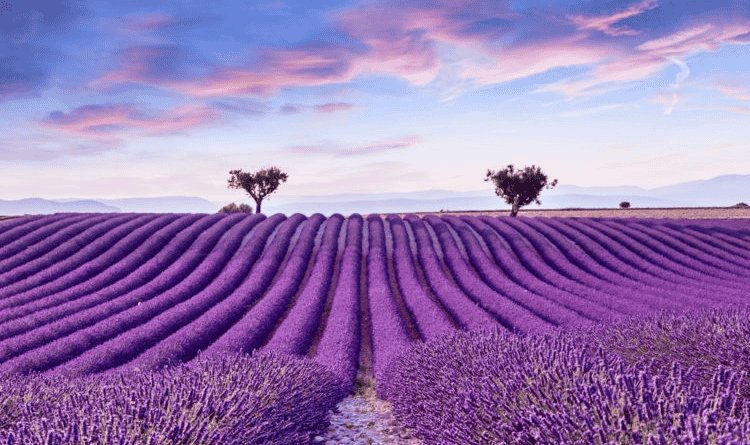
Flowers That Mean Healing can also be seen as a metaphor for personal growth and transformation. Just like a seed that blossoms into a beautiful flower after enduring harsh weather conditions, individuals too can emerge stronger and more resilient after facing life’s challenges. These flowers symbolize the journey of healing, reminding us that even in the darkest times, there is potential for growth and renewal. So, the next time you see a flower, remember the powerful message it carries – a testament to the enduring spirit of healing and resilience.
Flowers That Mean Healing have been a universal symbol of recovery and rejuvenation throughout history. From the vibrant marigold, known for its healing properties in traditional medicine, to the soothing lavender, renowned for its calming effects, these flowers carry a message of hope and renewal. Also they are often given as gifts to those recovering from illness or going through a difficult time, serving as a beautiful reminder of the healing power of nature.
Flowers That Mean Healing
Flowers that mean healing are flowers that have symbolic meanings and medicinal properties that can help you express your concerns or wishes for health and wellness. In this essay, you will learn about some examples of flowers that represent healing, such as sage, dandelion, verbena, and camelia.
In the tapestry of life’s experiences, the concept of healing often finds a symbol in the gentle presence of flowers. Flowers representing healing emerge not just as mere botanical entities, but as emblems of restoration and hope. However they stand as silent witnesses to the cycles of recovery, their petals unfolding with the promise of a new dawn. In every hue and fragrance, they carry the whispers of resilience, echoing the profound truth that, even after the harshest winters, nature finds a way to bloom once more.
1. Jasmine
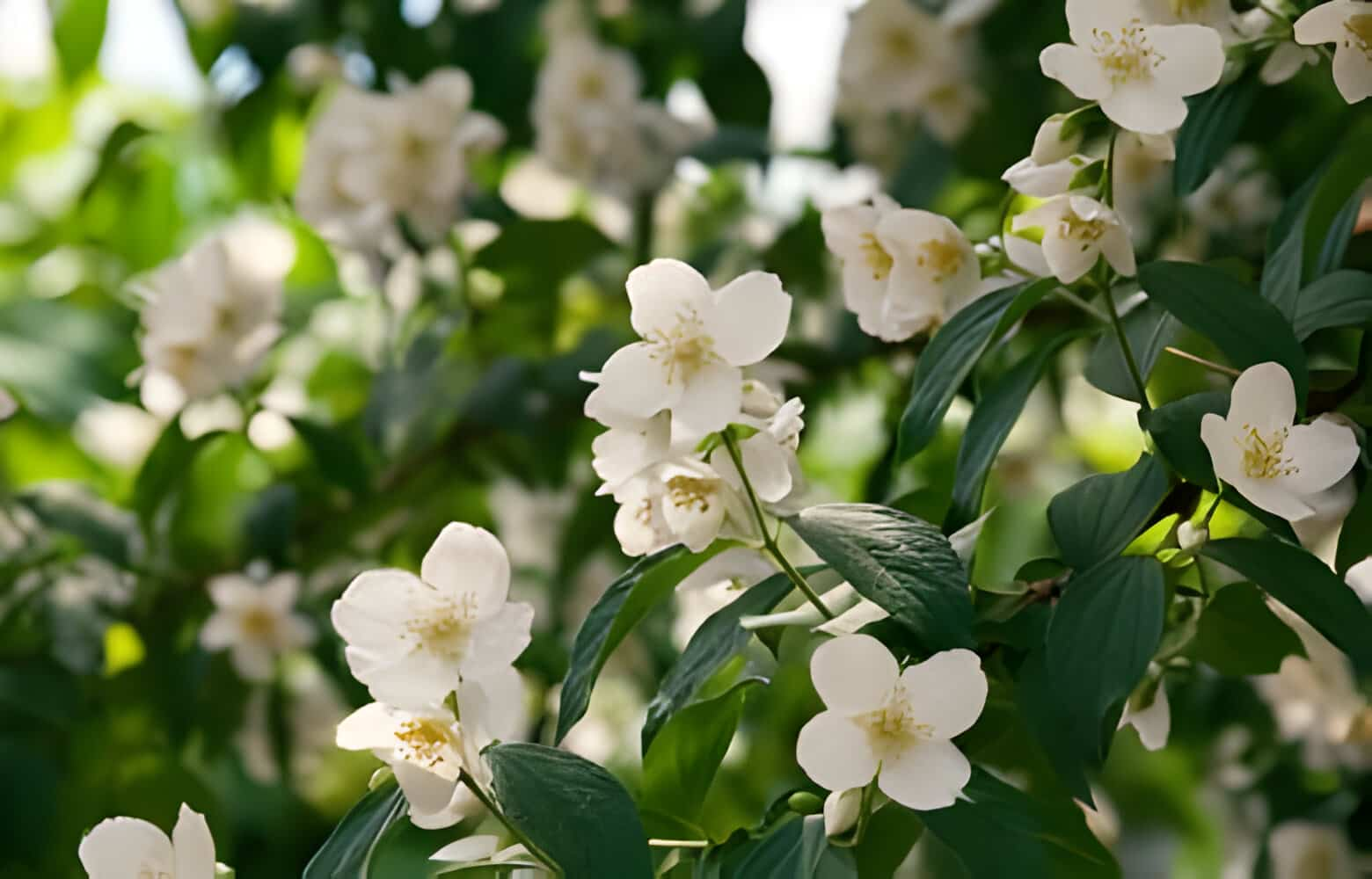
Jasmine, with its intoxicating scent, has been a flower representing healing in both physical and spiritual realms. Across Asia, Jasmine flowers are woven into garlands and offered at temples, representing purity, good luck, and emotional healing. The sweet aroma of Jasmine is believed to uplift the spirit, ease depression, and promote optimism. In China, Jasmine tea has been enjoyed for centuries for its calming and restorative properties.
Even today, Jasmine’s essence is widely used in aromatherapy to promote relaxation, ease anxiety, and combat symptoms of depression. The flower’s delicate beauty serves as a reminder of hope and renewal, offering solace and a sense of peace during challenging times.
2. Snapdragons
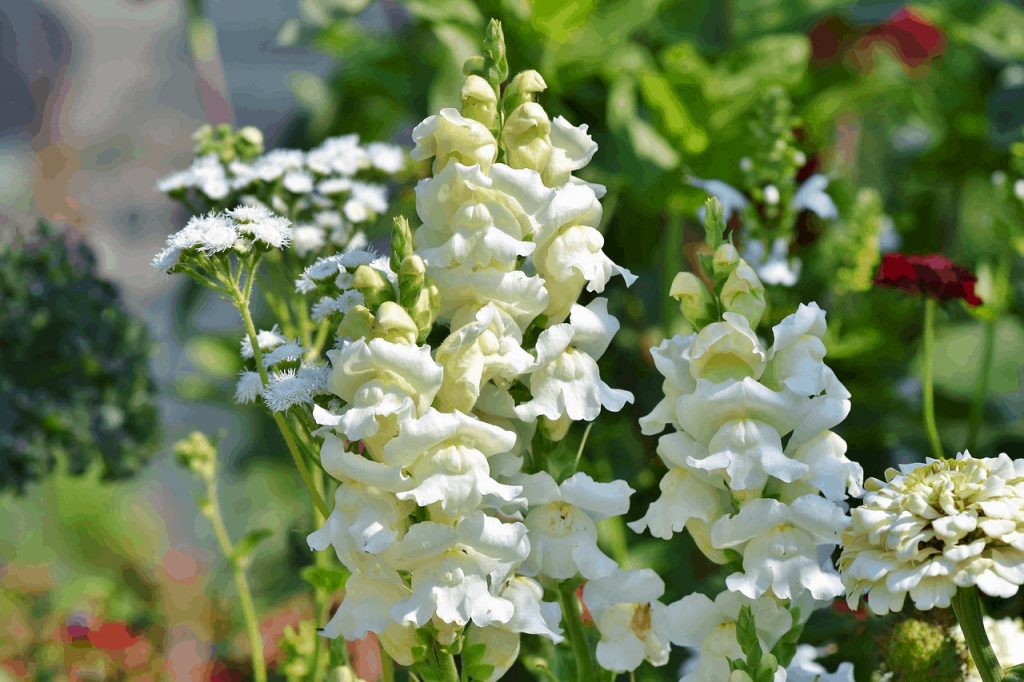
Snapdragons, with their unique hooded flowers resembling dragon’s snouts. Also snapdragons symbolize strength and resilience in the face of adversity. In Victorian times, Snapdragons were often included in bouquets sent to those recovering from illness, offering not only beauty but also a message of encouragement and a symbol of healing power. Also they are believed to help open the heart chakra, promoting empathy and understanding. Historically, they have been used in European folk medicine to ward off deceit and curses, embodying a flower for healing and strength.
The vibrant colors of Snapdragons, ranging from fiery reds and oranges to calming yellows and purples, uplift the spirit and inspire hope. These captivating flowers serve as a reminder that even in the face of difficulty, there is strength to overcome and a path towards healing.
3. Sunflowers
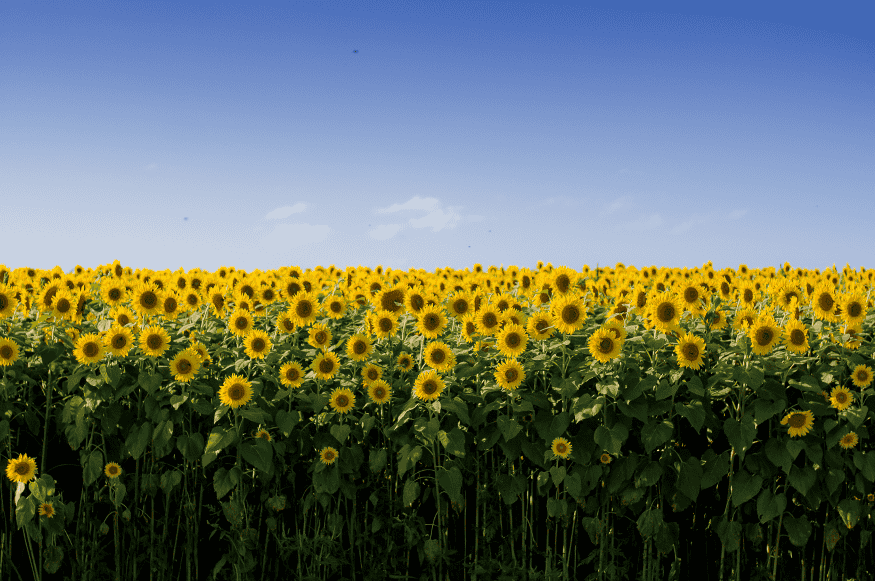
Sunflowers, with their cheerful faces perpetually turned towards the sun, embody optimism and vitality. These bright blooms have become a symbol of healing, particularly for those recovering from illness or injury. Sunflowers are often used in hospitals and rehabilitation centers to uplift the spirits of patients and create a more cheerful environment.They are flowers that symbolize hope and healing. Sunflowers are thought to have an immediate, positive impact on our moods.
4. Lavender

With its enthralling blue-violet hue, Lavender is a symbol of healing, strength, and resilience. Its history stretches back centuries, admired for its various beneficial properties. This enchanting flower transcends its delightful fragrance and stunning appearance. Since ancient times, Lavender has been a beacon of healing and a symbol of serene purity, devotion, grace, and luxury.
The calming essence of Lavender is renowned for its ability to soothe the mind and body. It’s a quintessential component in aromatherapy practices aimed at reducing stress and anxiety, enhancing sleep quality, and bringing solace to those grappling with insomnia. Its rejuvenating effect is a balm for the soul, providing tranquility and relaxation, aiding individuals in navigating life’s tribulations. Moreover, Lavender is a testament to the regenerative power of nature. Its oil is rich in antiseptic and anti-inflammatory properties, accelerating the healing of wounds, acne, and various skin conditions.
5. Sage

Sage, with its silvery-green leaves and purple flower, symbol of wisdom and good health. Also It’s often used in traditional medicine for its healing properties. It’s a flower that symbolizes healing and strength. Sage is believed to reduce symptoms of worry and stress. Also sage flowers represent inner strength and resilience.
6. Evening Primrose

Evening Primrose blooms in the evening, symbolizing the healing power of time and the hope of a new day. So It’s a flower that symbolizes hope and healing. This flower is believed to possess positive energy and can have a calming effect on the mind and spirit.
7. Dandelion

Often considered a weed, Dandelions are potent symbols of healing and survival. Also Their ability to thrive in challenging conditions reminds us of our own resilience. They are flowers that symbolize strength and healing. Dandelions represent resilience, hope, and transformation. They are believed to release negative energy, promote positive energy, and offer protection.
8. Roses

Roses, particularly the red ones, are often linked with feelings of love and passion. However, they also stand as a symbol of love, healing and comfort, offering consolation during difficult times. These flowers embody hope and healing. Known for their calming influence on the mind and their promotion of relaxation, roses are believed to possess healing attributes, especially in terms of emotional healing. Then black rose flowers that mean change. Flowers have many different meanings depending on their colors. Moreover, these flowers symbolize the essence of motherhood.
9. Verbena

Verbena flowers symbolize protection and healing. Their vibrant colors bring joy and positivity, promoting emotional healing. However they are flowers that represent healing. Verbena flowers are believed to release negative energy, promote positive energy, and offer protection. They are also used to improve mood and relieve symptoms of insomnia, sleep disturbances, irritability, and anger.
10. Chrysanthemums

In many cultures, Chrysanthemums symbolize death and are used in funerals. However, they also represent rebirth and healing, reminding us that endings are often new beginnings. They are flowers that symbolize healing. So Chrysanthemums have been shown to lessen symptoms of worry and stress. They are also believed to represent the sun and its life-giving energy.
11. Gerbera Daisy

Gerbera Daisies, with their large, colorful blooms, symbolize cheerfulness and positivity. They bring light and happiness, promoting emotional healing. They are flowers that represent healing. Gerbera daisies are popular flowers that come in a variety of colors. Also they are often associated with motherhood, happiness, joy, and friendship. Gerbera daisies can be given in a vase, basket, or bouquet and are suitable for a variety of occasions, including birthdays, anniversaries, and graduations .
12. Calendula

Calendula, also known as marigold, has been used for centuries for its healing properties. It symbolizes comfort and recovery, providing hope in times of illness. It’s a flower that symbolizes healing and strength. Also Calendulas are bright and cheerful flowers that are often used in bouquets and floral arrangements. They are believed to have anti-inflammatory properties and can help soothe the skin. Calendulas can be given in a vase, basket, or bouquet .
13. Camelia

Camelia flower symbolizes love and affection. Their delicate, fragrant blooms can bring comfort and healing during difficult times. Also they are flowers that symbolize healing. Camellias are known for their beautiful and vibrant flowers. However They are often associated with love, affection, and admiration. In terms of psychological benefits, camellias are believed to have a calming effect on the mind and can help reduce stress and anxiety.
14. St. John’s Wort
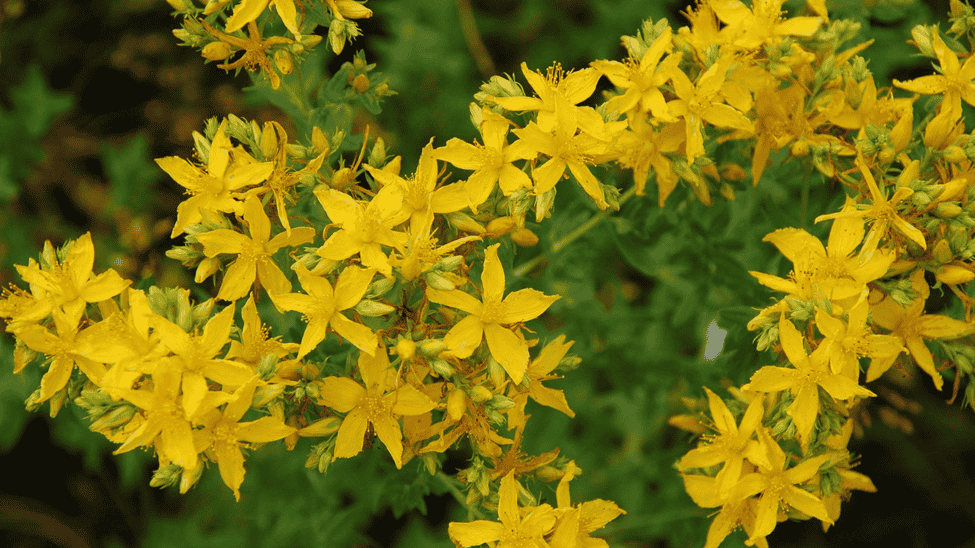
St. John’s Wort is well-known for its medicinal properties. It symbolizes protection and healing, providing comfort and relief. It’s a plant that represents healing. St. John’s Wort is a flowering plant that is often used as a natural remedy for depression and anxiety. It is believed to have mood-boosting properties and can help reduce symptoms of depression . St. John’s Wort can be given in a vase, basket, or bouquet and is suitable for a variety of occasions, including birthdays, get-well-soon wishes, and congratulations.
Conclusion
Flowers are more than just beautiful decorations. They carry deep meanings and symbolize healing, hope, and resilience. So, the next time you need a little pick-me-up, consider bringing some of these healing flowers into your life.
Remember, healing takes time and patience, just like a flower needs time to bloom. Whether you’re dealing with physical or emotional pain, these flowers remind us that healing is possible, and hope is always on the horizon.
Summary 14 Beautiful Flowers That Mean Healing
| Number | Flower Name | Number Color | Symbolism |
|---|---|---|---|
| 1 | Jasmine | Yellow | Happiness, optimism, and purity |
| 2 | Snapdragons | Red | Passion, courage, and vitality |
| 3 | Sunflowers | Yellow | Happiness, optimism, and loyalty |
| 4 | Lavender | Purple | Calmness, relaxation, and healing |
| 5 | Sage | Green | Wisdom, harmony, and cleansing |
| 6 | Evening Primrose Oil (EPOO) | Green | Healing, fertility, and balance |
| 7 | Dandelion | Yellow | Hope, resilience, and renewal |
| 8 | Roses | Red | Love, beauty, and courage |
| 9 | Verbena | Purple | Creativity, joy, and harmony |
| 10 | Chrysanthemums (Mums) | Red or White | Fidelity, optimism, joy, and long life |
| 11 | Gerbera Daisy | Yellow or Orange | Purity, innocence, and beauty |
| 12 | Calendula | Yellow or Orange | Healing, protection, and comfort |
| 13 | Camelia | White or Pink | Purity, elegance, and grace |
| 14 | St. John’s Wort | Yellow or White | Faithfulness, hopefulness, and resilience |

Lavender is my go-to healing flower. Its soothing and tranquil properties help me relax during tough times. Plus, the pleasant aroma is like a comforting hug. Whenever I feel stressed, I treat myself to a bouquet of lavender. It’s nature’s remedy! 🌿🌸
It’s no wonder you consider it a healing flower. The soothing scent and calming properties of lavender are well documented, and it’s a popular choice for promoting relaxation and stress relief.
Who doesn’t love treating themselves to a beautiful bouquet of lavender during difficult times? It’s a natural remedy that can truly lift your spirits.
What a lovely collection of flowers! I love the idea of using flowers to convey healing wishes. Can’t wait to see the meanings behind each bloom!
I love nothing more than healing with things we have in our environment! What a wonderful article
Thank you so much for this information was a very nice read :)!
This was a beautiful article learning about the different flowers and the affect they give I definitely agree with couple that I personally feel like I’ve had that connection when in contact with them 🫶🏻 love this
Can you suggest some flower arrangements that would be appropriate for someone who is recovering from an illness?